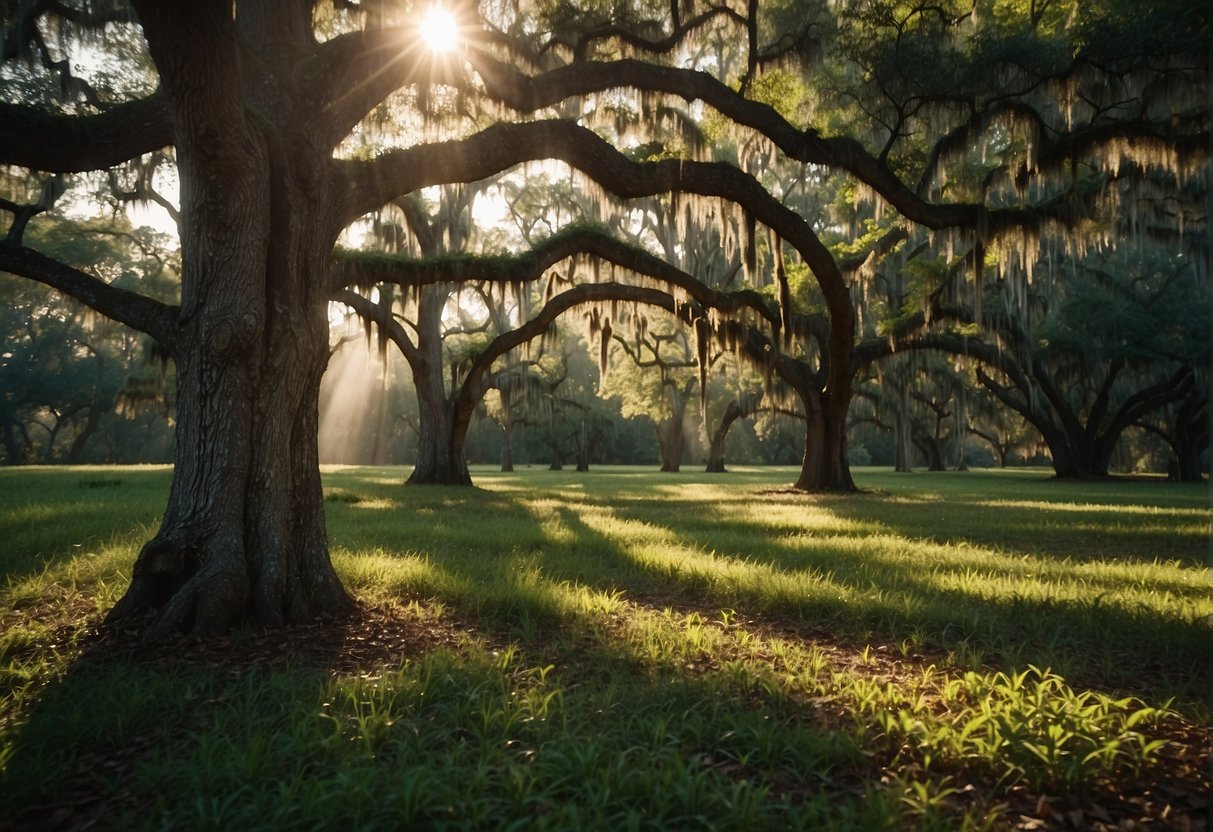What Nut Trees Grow in Central Florida: A Comprehensive Guide
Central Florida offers a great climate for growing a variety of nut trees. However, not all nut trees thrive in the region’s subtropical climate, which is characterized by hot and humid summers and mild winters. In this article, we will explore the nut trees that grow well in Central Florida and provide some information on their growth requirements and harvesting.

One of the most popular nut trees in Central Florida is the pecan tree. Pecans are native to the southern United States and are well adapted to the region’s climate. They require well-drained soil and full sun exposure to grow and produce nuts. Pecan trees can take up to 10 years to start producing nuts, but once established, they can provide a bountiful harvest for many years. Other nut trees that can be grown in Central Florida include macadamia, chestnut, walnut, and almond. However, these trees may require more care and attention to thrive in the region’s climate.
Optimal Growing Conditions for Nut Trees in Central Florida
Soil and pH Requirements
Nut trees in central Florida require well-drained soil with a pH range of 6.0 to 6.5. The soil should be rich in organic matter and nutrients, with good drainage to prevent waterlogging. Nut trees grow best in sandy loam soil, which allows for adequate root growth and nutrient uptake.
Climate and Temperature Adaptations
Nut trees in central Florida are adapted to the warm and humid climate of the region. They thrive in full sun but can tolerate some shade. The ideal temperature range for nut trees is between 60°F to 85°F. Nut trees in central Florida are typically grown in USDA zones 9 and 10, which have mild winters and hot summers.
Water and Irrigation Needs
Nut trees in central Florida require regular watering, especially during the first few years of growth. They should be watered deeply and frequently during dry periods to prevent drought stress. Nut trees should be irrigated with a drip system to avoid wetting the foliage, which can lead to fungal diseases.
In summary, nut trees in central Florida require well-drained soil with a pH range of 6.0 to 6.5, thrive in full sun and warm temperatures, and require regular watering. By following these optimal growing conditions, nut trees can produce a bountiful harvest for years to come.
Varieties and Care of Nut Trees in Central Florida
Common Nut Tree Species
Central Florida’s climate is well-suited for growing a variety of nut trees. Some of the most common nut tree species in the region include pecan, macadamia, walnut, and chestnut. Each of these species has its own unique requirements for growth and care.
The Elliot pecan tree is a popular cultivar for its high yield and good disease resistance. The Chandler walnut tree is another popular cultivar known for its thin shells and high-quality nuts. The Chinese chestnut tree is a good choice for those looking for a tree that is resistant to disease and pests.
Disease and Pest Management
Disease and pests can be a major concern for nut tree growers in Central Florida. The University of Florida recommends planting disease-resistant cultivars and using proper cultural practices to prevent the spread of disease. Fertilization and irrigation are also important for maintaining tree health.
Squirrels can be a major pest for nut tree growers, as they can damage both the foliage and the nuts. To prevent squirrel damage, growers can use repellents or install physical barriers around the trees.
Harvesting and Yield
Nut trees in Central Florida typically produce nuts in the fall. Harvesting can be done by hand or with mechanical equipment. It is important to harvest nuts promptly to prevent damage from pests or weather.
Nut yield can vary depending on the species and cultivar. Pecan trees, for example, can produce up to 200 pounds of nuts per tree in a good year. Macadamia trees, on the other hand, have a slower growth rate and may take several years to produce a significant yield.
Overall, nut trees can be a valuable addition to a Central Florida landscape. Local farms and farmers markets may offer a variety of edible nuts for consumers. With proper care and attention, nut trees can provide a reliable source of protein and nut flour for years to come.


